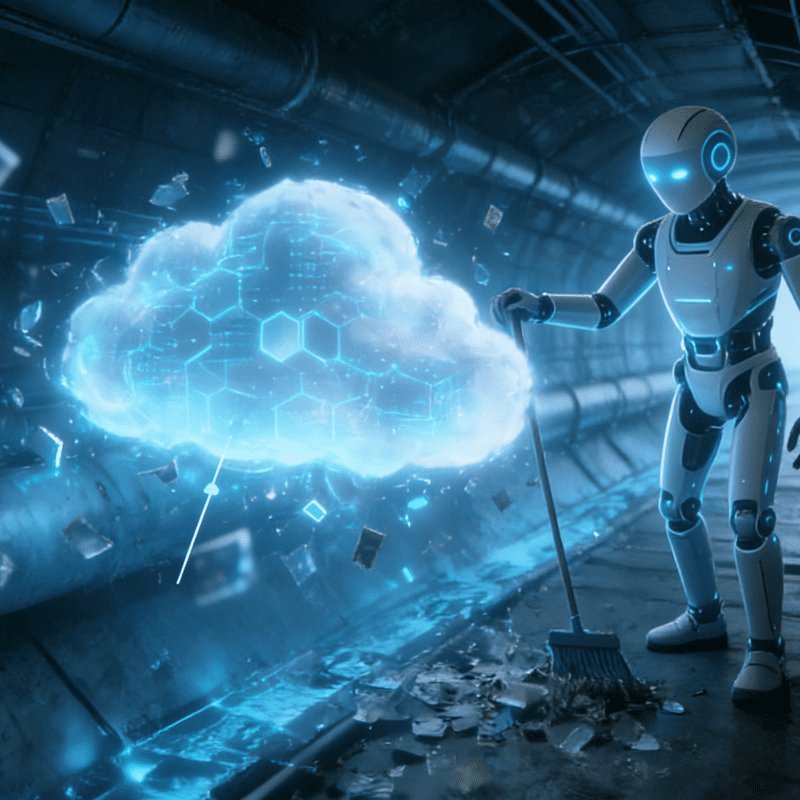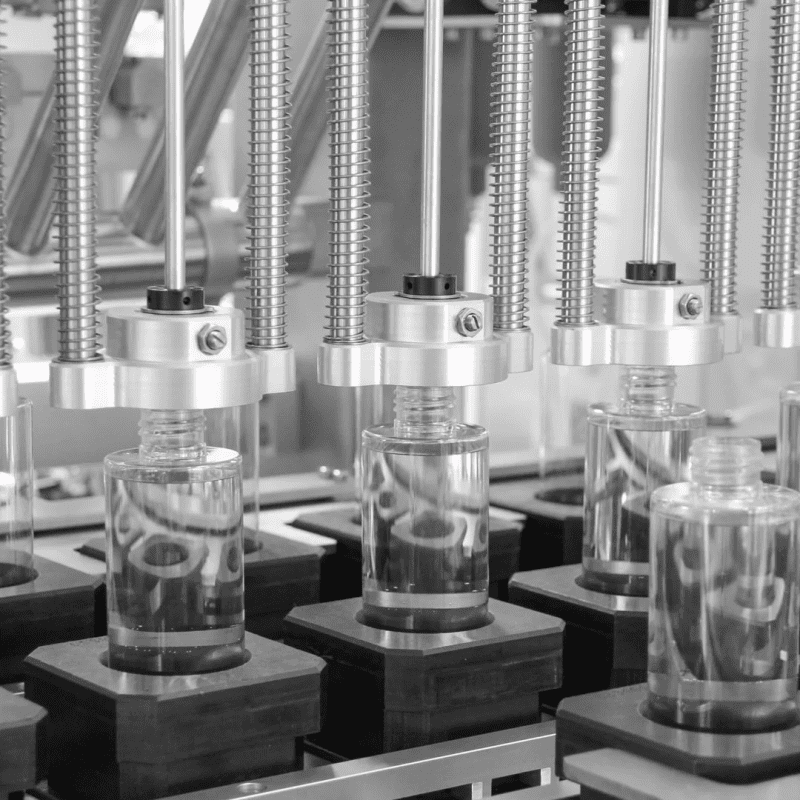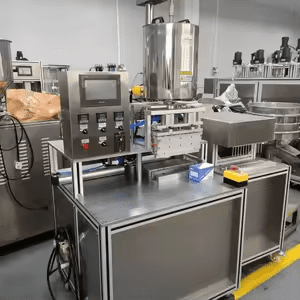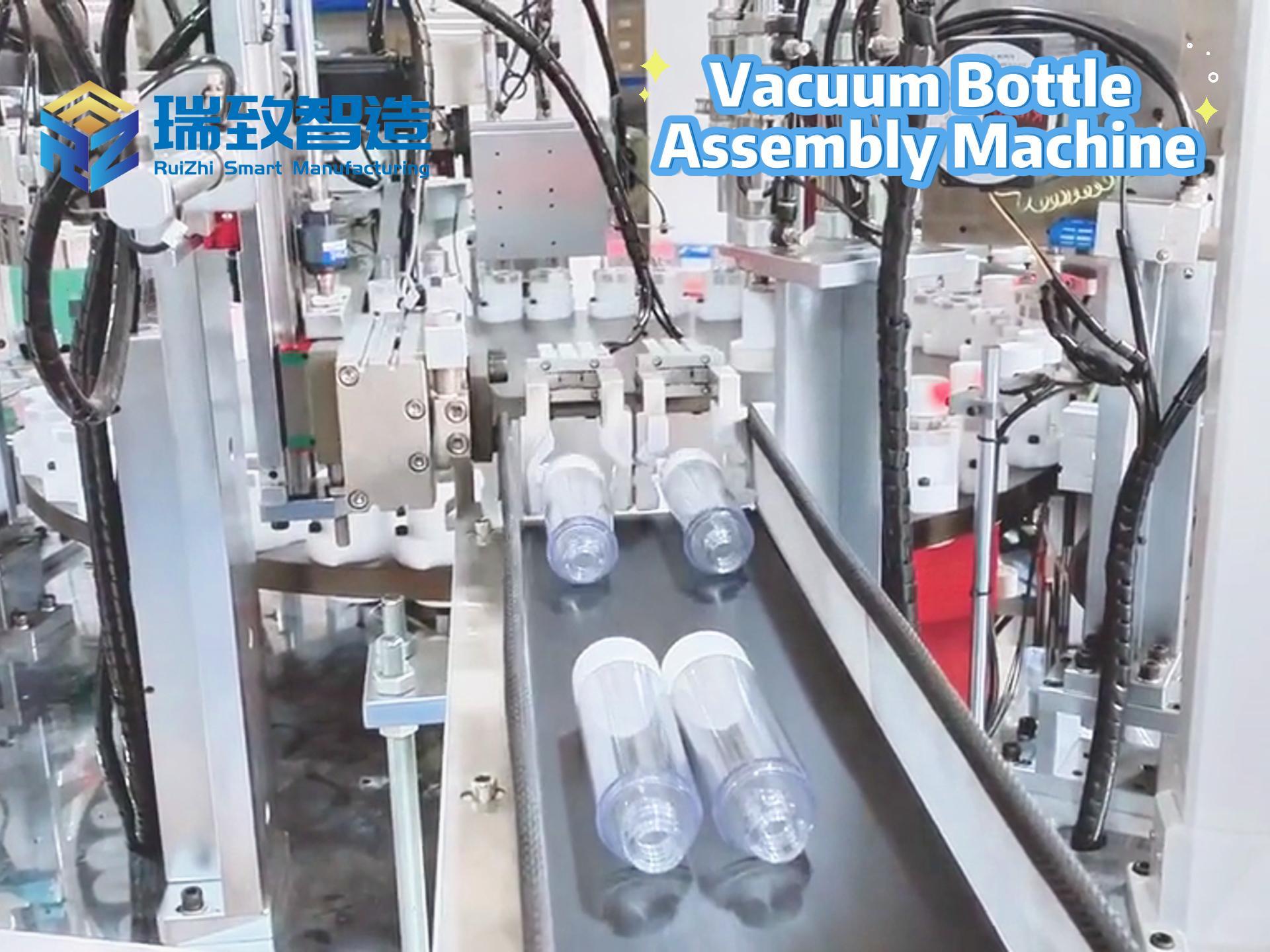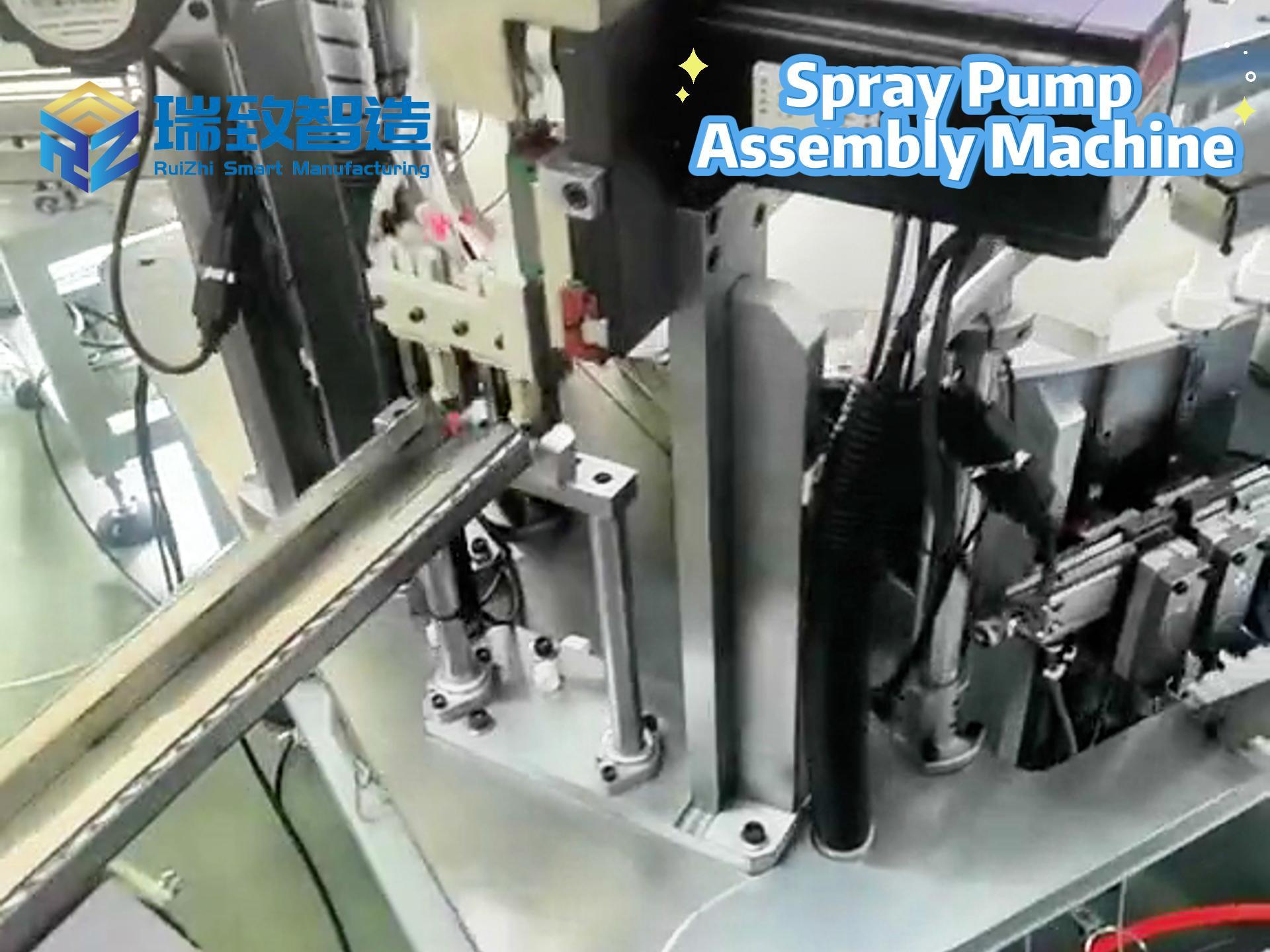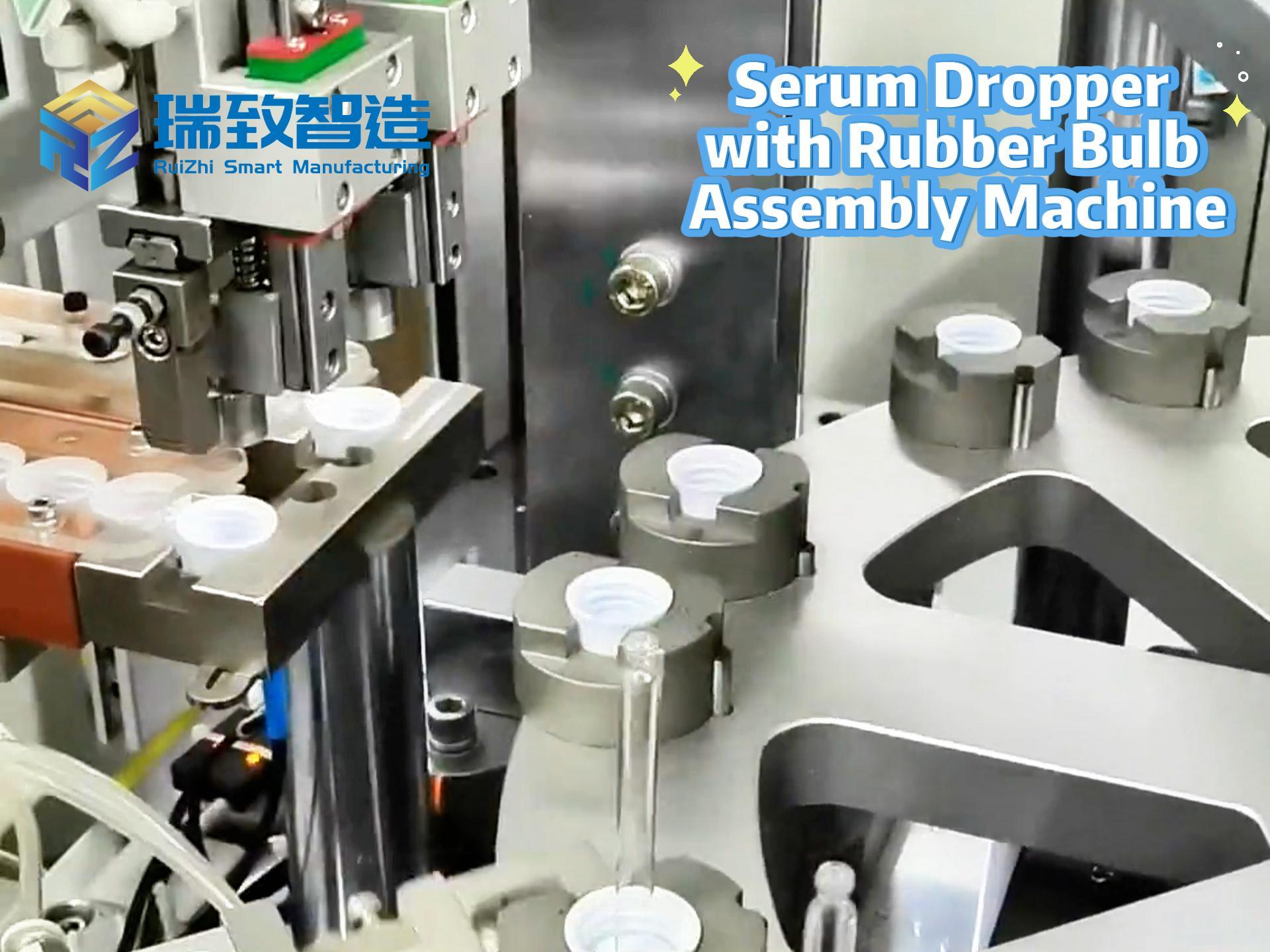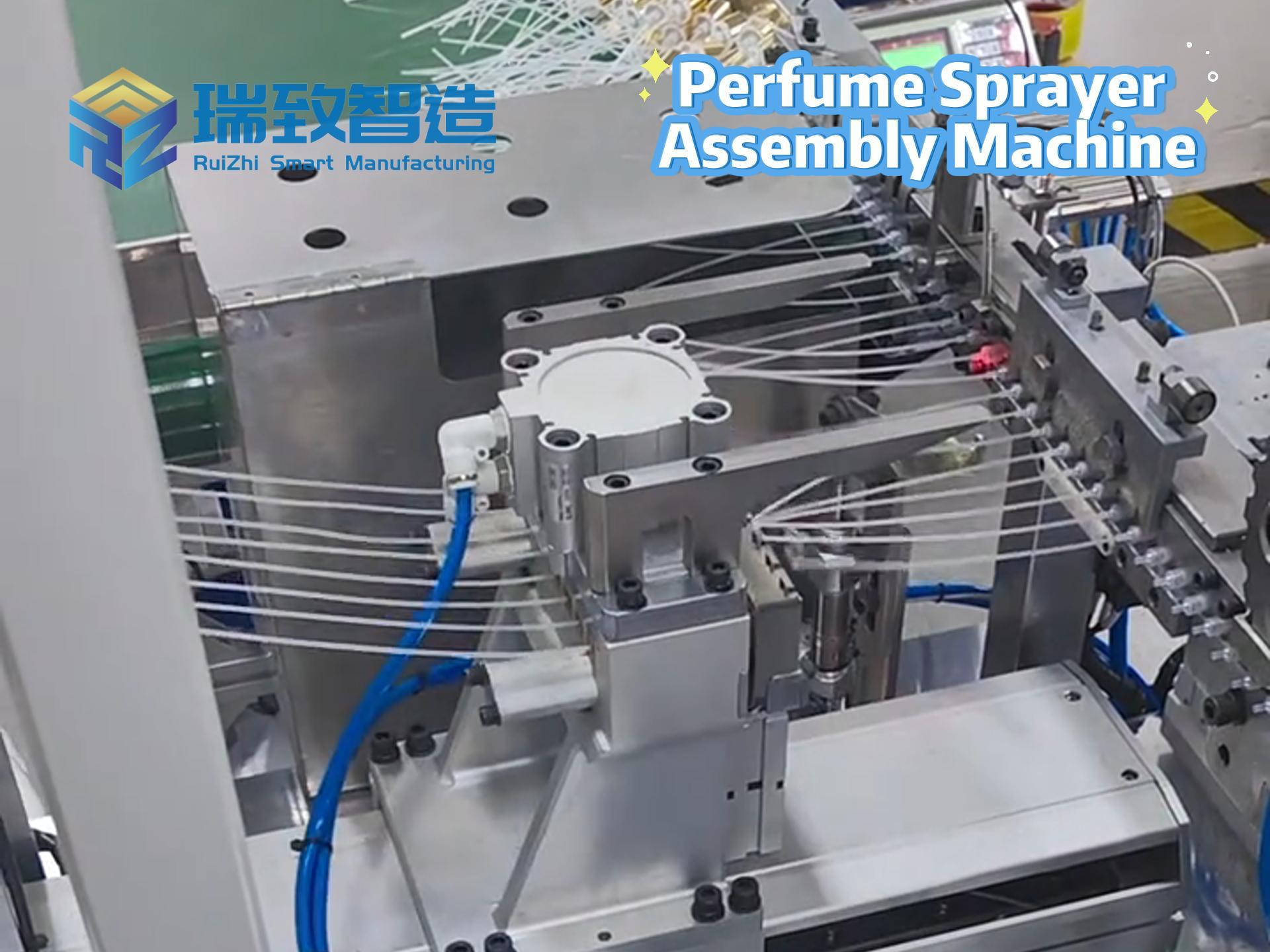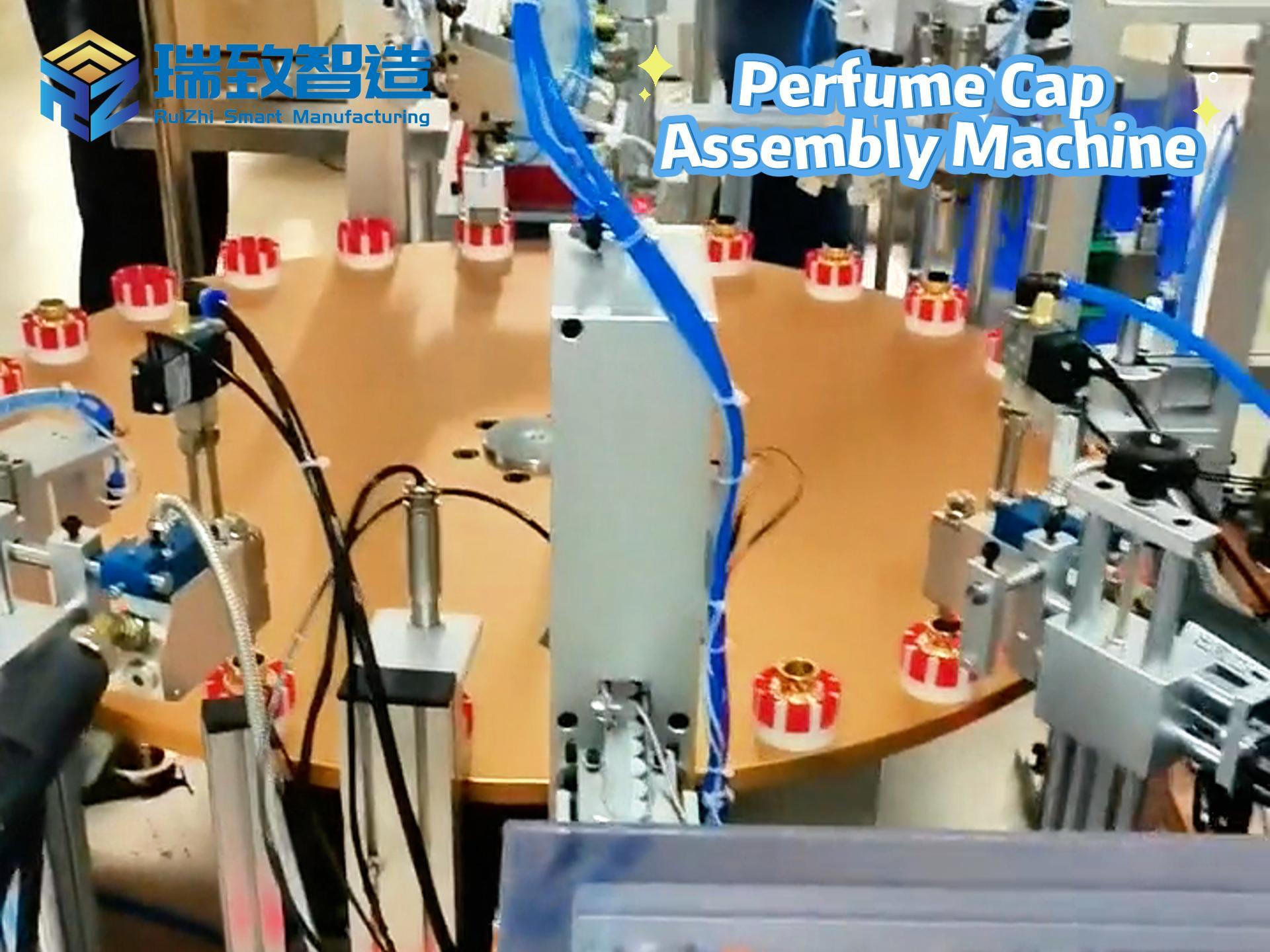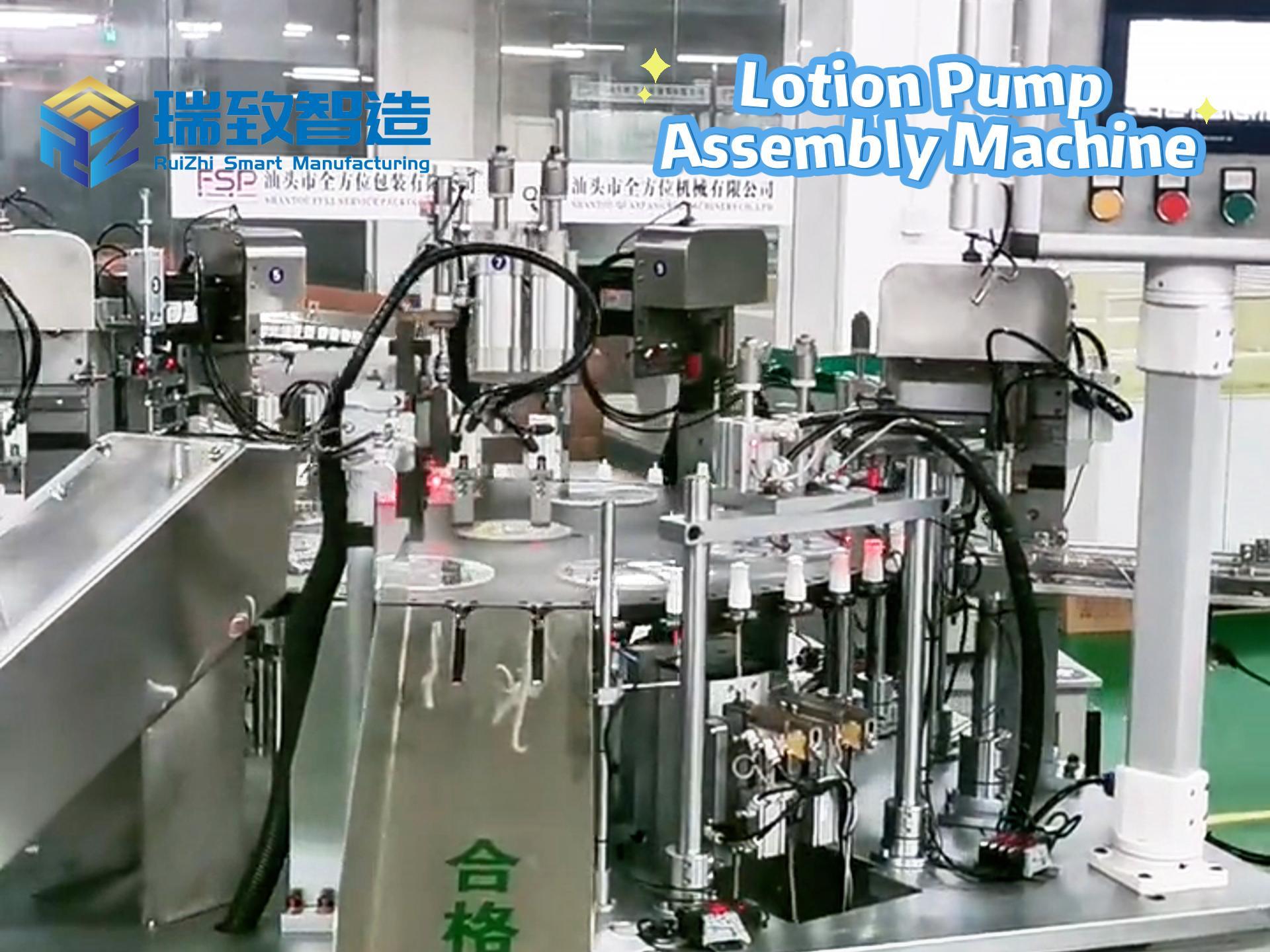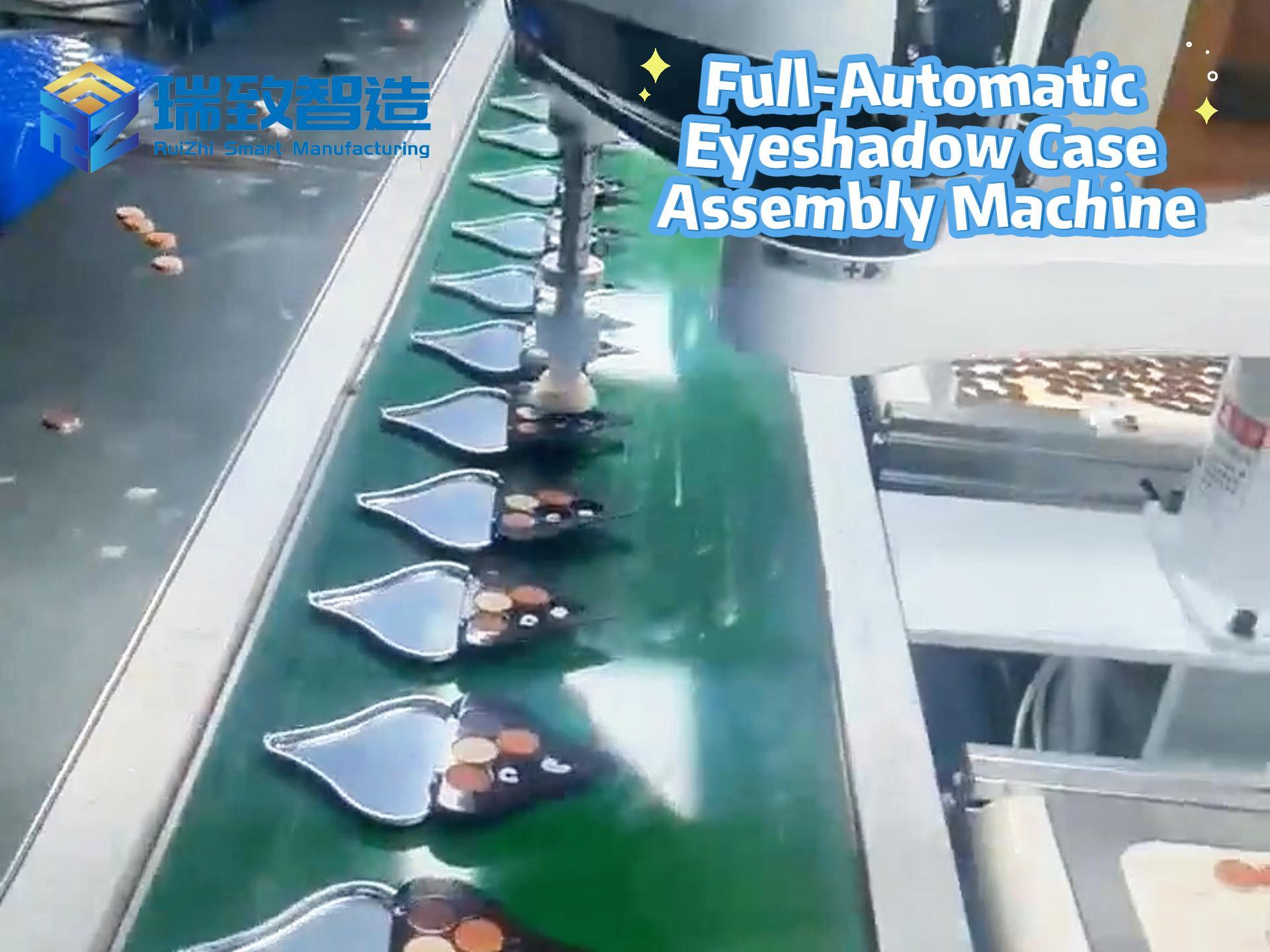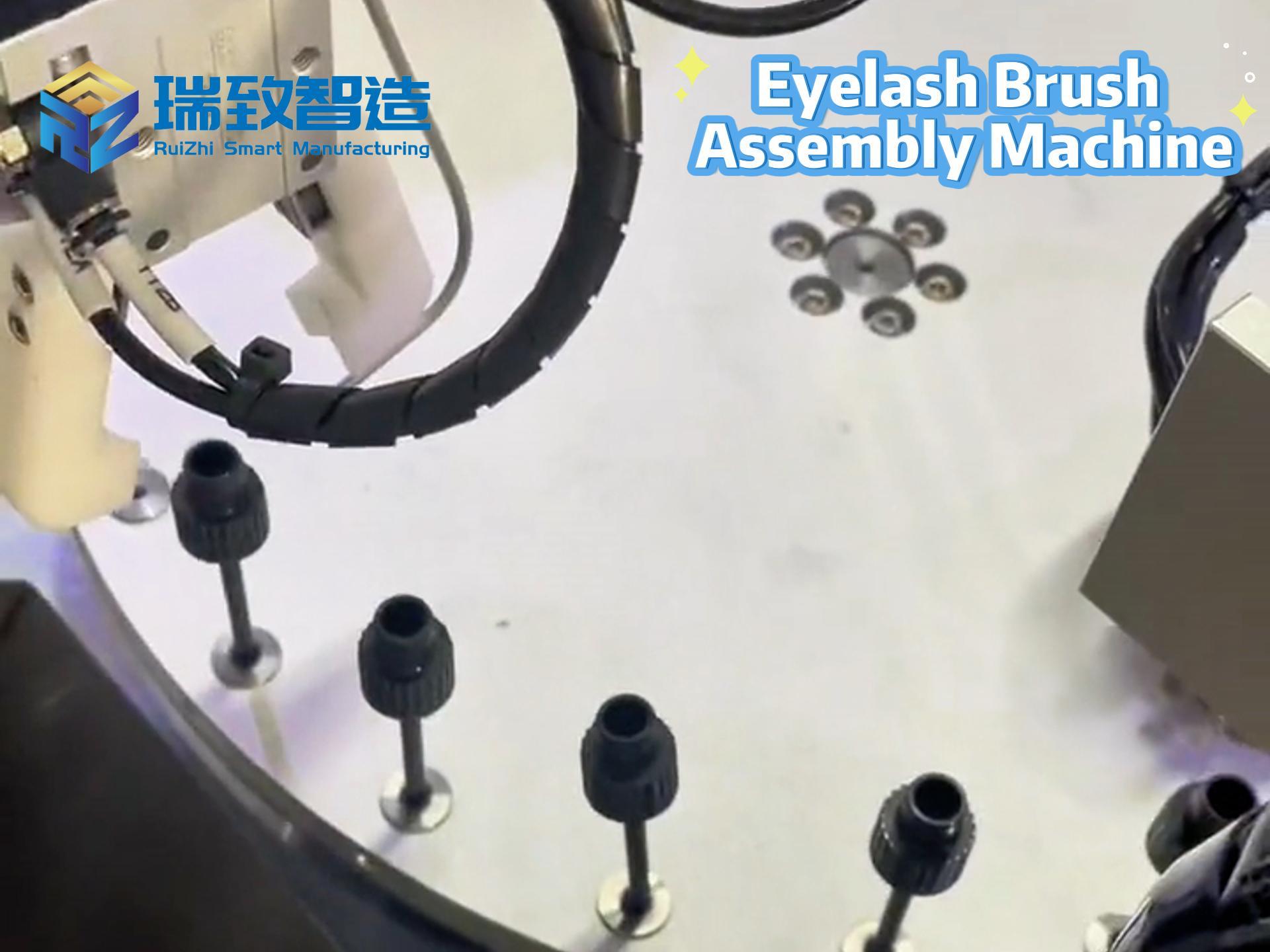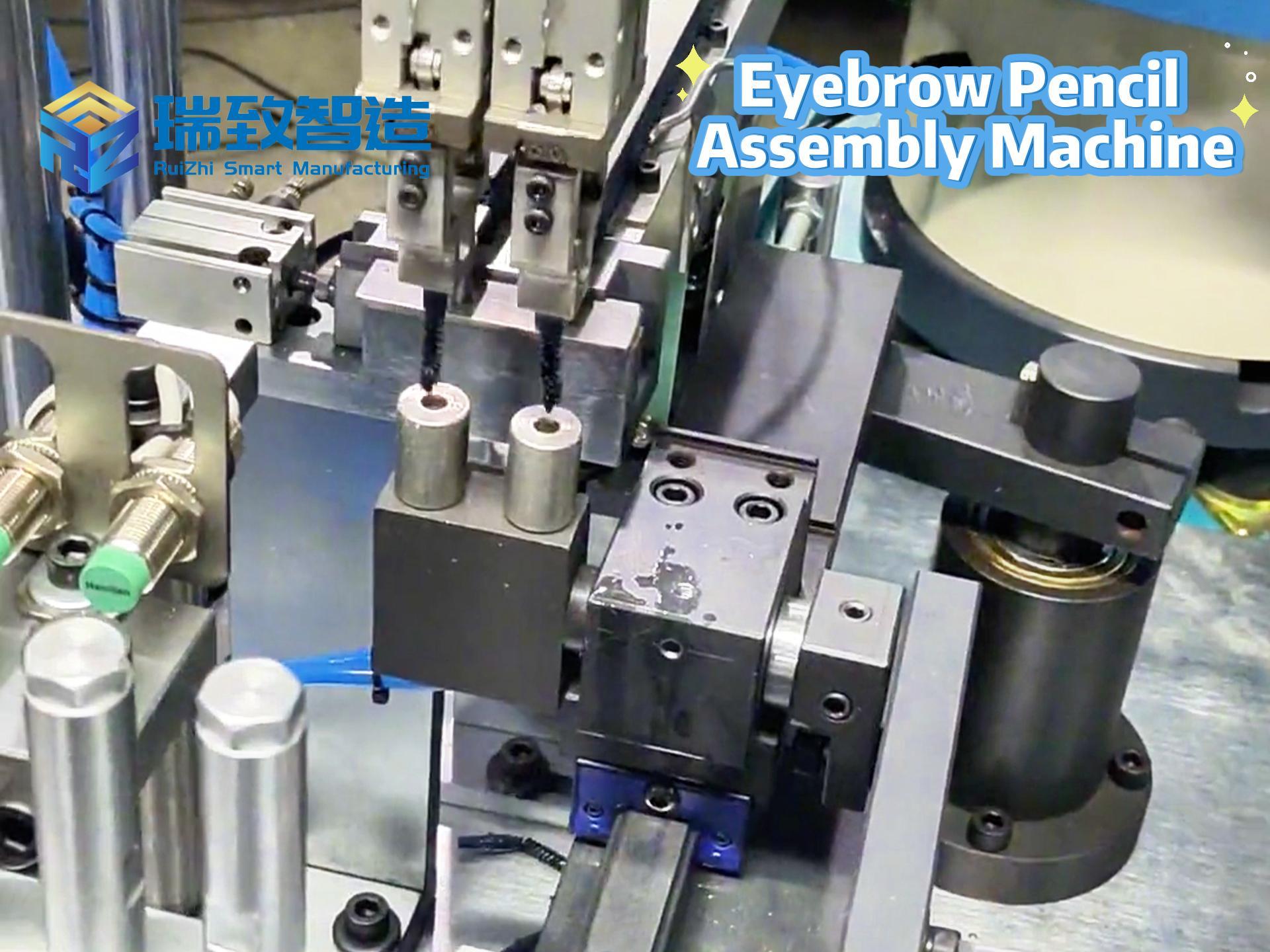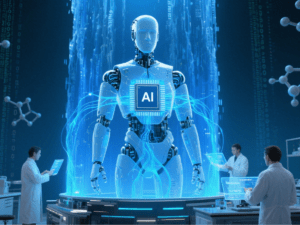
Core Goal: By 2027, achieve extensive and in-depth integration of artificial intelligence with 6 key fields (science and technology, industry, consumption, people’s livelihood, governance, and global cooperation), with the penetration rate of new-generation intelligent terminals/industrial agents exceeding 70%, and the scale of core industries in the intelligent economy growing rapidly.
On August 26, 2025, the State Council issued the “Opinions on In-depth Implementation of the ‘Artificial Intelligence +’ Action” (hereinafter referred to as the “Opinions”), which for the first time clarified the quantitative goals for the integration of artificial intelligence and the real economy in the form of a national strategy. It will in-depth implement the “Artificial Intelligence +” action in key fields, anchoring the intelligent revolution through top-level design.
Core Goal: By 2027, realize the extensive and in-depth integration of artificial intelligence with 6 key areas (science and technology, industry, consumption, people’s livelihood, governance, and global cooperation), with the penetration rate of new-generation intelligent terminals/industrial agents exceeding 70%, and the scale of the core industries of the intelligent economy growing rapidly.
By 2030, China’s artificial intelligence will fully empower high-quality development, with the penetration rate of applications such as new-generation intelligent terminals and agents exceeding 90%. The intelligent economy will become an important growth pole of China’s economic development, promoting technology inclusiveness and result sharing.
By 2035, China will fully enter a new stage of intelligent economy and intelligent society development, providing strong support for basically realizing socialist modernization.
Promote as a whole with “application traction in key field scenarios and strengthening basic support capabilities”, and focus on breaking through key technologies such as model basic capabilities, data supply, and intelligent computing power.
This document means that China has shifted from “policy guidance” to “systematic guidance”, and its significance lies in:
“Artificial intelligence will reshape production and lifestyle, promote a productivity revolution, and become the core engine of new industrialization.”
In addition, at the “2025 Intelligent Manufacturing System Solutions Conference” held on August 28, Xin Guobin, Vice Minister of Industry and Information Technology, stated at the conference that in the past decade, China’s intelligent manufacturing has achieved remarkable results in terms of intelligent factory construction scale, solution capability leapfrogging, and standard leadership support, providing a solid foundation for the high-quality development of China’s manufacturing industry.
At present, China’s intelligent factories have achieved gradient leapfrogging. Nearly 10,000 digital workshops and intelligent factories have been built nationwide, covering more than 30 industries such as automobiles, electronics, and steel. The “national-provincial-enterprise” three-level cultivation system has been innovated, driving the localization rate of intelligent manufacturing equipment to 65%. More than 200 system solution suppliers have been cultivated, forming a service chain from “single-point technology” to “full-process empowerment” (such as Huawei’s industrial agent, Alibaba Cloud’s industrial brain).
Based on the strategic goals of the “Opinions”, in terms of the manufacturing industry, future efforts may focus on building two directions of the “AI + Manufacturing” innovation community:
Technology integration: From “machine replacing humans” to “intelligent collaboration”
Agents embedded in the entire production chain: Promote the in-depth application of industrial agent platforms (such as Manus OS) in scenarios such as scheduling optimization and fault prediction, realizing a closed loop of “perception – control – decision – execution” in manufacturing systems. In low-voltage electrical appliance production, industrial agents have formed in-depth collaboration with Contactor Assembly Machines. By real-time analyzing pressure feedback and visual positioning data during the assembly process, dynamically adjusting the grasping angle and pressing force, the assembly accuracy of contactor iron cores and coils is controlled within 0.02 mm, which is 40% more efficient than the traditional model, and the fault warning response time is shortened to seconds, becoming a typical practice of intelligent collaboration in the field of precision assembly.
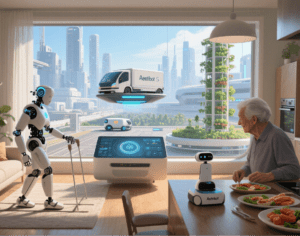
Large-scale implementation of digital twins: Intelligent factories have built production line-level digital twin systems to realize virtual debugging and energy consumption optimization.
Security base: Overcoming the “bottleneck” technology triple barrier
Intelligent chips: Focus on breaking through the 7nm and below process technology;
Industrial software: Focus on breaking through CAE/CAD core algorithms;
Data security: Focus on breaking through blockchain + industrial internet.
In the future, how can artificial intelligence become the core of new productive forces?
According to data from the Ministry of Industry and Information Technology, enterprises with in-depth application of AI have significantly improved production efficiency and reduced product defect rates, promoting China’s manufacturing industry to shift from “cost advantage” to “intelligent dividend”.
Yu Xiaohui, President of China Academy of Information and Communications Technology, said in an exclusive interview with reporters that artificial intelligence will be deeply applied in more real economy fields such as manufacturing and energy, promoting greater transformative breakthroughs in productivity.
The in-depth integration of artificial intelligence and the manufacturing industry is triggering a change in the nature of productivity – from “scale-driven” to “intelligence-driven”, which may be a strategic threshold that must be crossed in Chinese-style modernization.
China’s intelligent manufacturing has entered a new stage. To reconstruct production logic with agents, policies need to continue to make breakthroughs in fields such as standard coordination, data circulation, and chip independence. More importantly, enterprises need to the “single-point transformation” thinking. When the penetration rate of industrial agents exceeds 70%, China may become the world’s first economy to achieve “intelligent upgrading of the manufacturing industry”, contributing an oriental paradigm to human industrial civilization.

